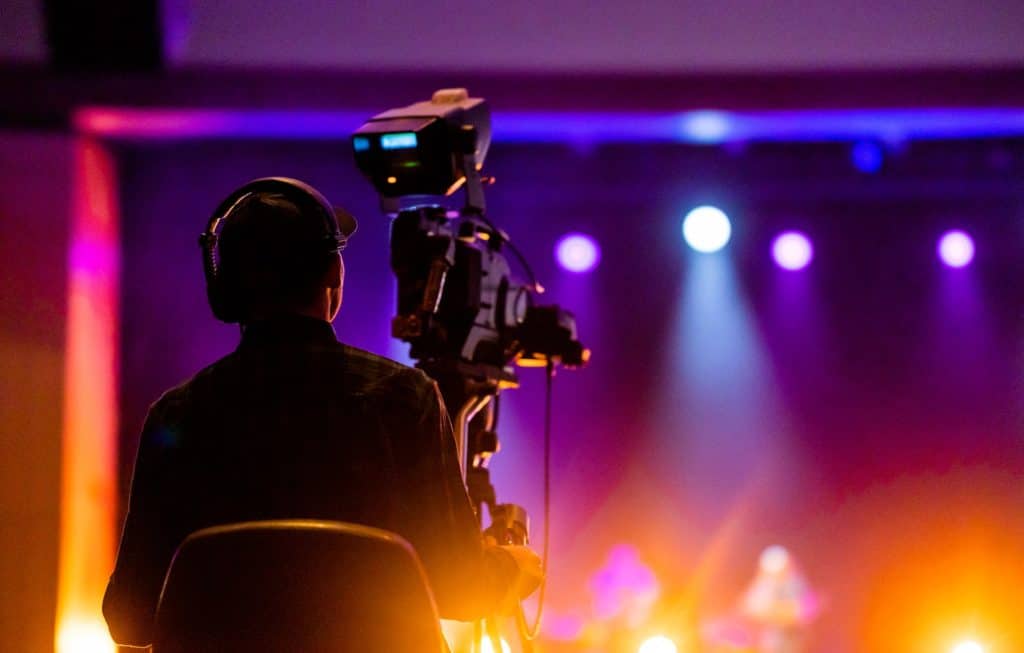Highlighting the Impact of Illumination Techniques on the Craft of Film Projection Mapping Techniques
Video mapping mapping is an exciting creative medium that combines tech and creativity to convert ordinary spaces into extraordinary visual exhibits. This technique entails projecting graphics and videos onto 3D objects, such as structures, sculptures, or stages. One of the most significant elements in creating effective projection in the use of effective illumination methods. Proper lighting improves the visual components of the projection and guarantees that the visuals are clear and captivating. This piece examines the influence of lighting methods on video mapping and how they can elevate the complete encounter.Lighting plays a vital role in video projection because it sets the atmosphere and feel of the exhibit. Different illumination techniques can evoke various emotions and reactions from the audience. For example, using gentle, cozy lights can create a welcoming atmosphere, while bright, cold illumination may create a more dynamic or intense impact. By carefully selecting illumination hues and intensities, artists can manipulate how audience perceive the projected images, leading to a more immersive experience. The balance between mapping luminance and ambient light is essential, as it can significantly affect the clarity and effect of the images.
In addition to, hue and brightness, the angle of illumination also affects the efficacy of projection. Lighting from different angles Related Site can create shadows and highlights that add depth to the mapped visuals. This method, known as light and shadow, can improve the three-dimensionality of the objects being mapped. Furthermore, using moving lights can add energy to the exhibit, making the encounter more engaging for the audience. When the light interacts with the projected visuals, it can create an illusion of movement and transformation, capturing the viewers' attention.
Another essential aspect of illumination in mapping in the use of unique features. Methods such as patterned illumination, which employs shapes and More Help forms to project light, can introduce depth and complexity to the mapping. This approach enables creators to layer images and create visually stunning effects that complement the mapping. Additionally, adding lasers or LED lights can further enhance the exhibit, providing a unique blend of visual elements that attract the viewers in. These unique features, when used carefully, can transform the projection beyond a basic show to an engaging piece of creativity.
In summary, the influence of illumination techniques on video projection is profound. By understanding how different illumination components connect with mapped images, creators can create captivating experiences that resonate with audience. The thoughtful choosing of color, intensity, direction, and unique features enables for a vivid canvas of visual storytelling. As technology advances to evolve, the options for creative expression in projection will only grow, making lighting an ever-important aspect in this progressive creative form.
